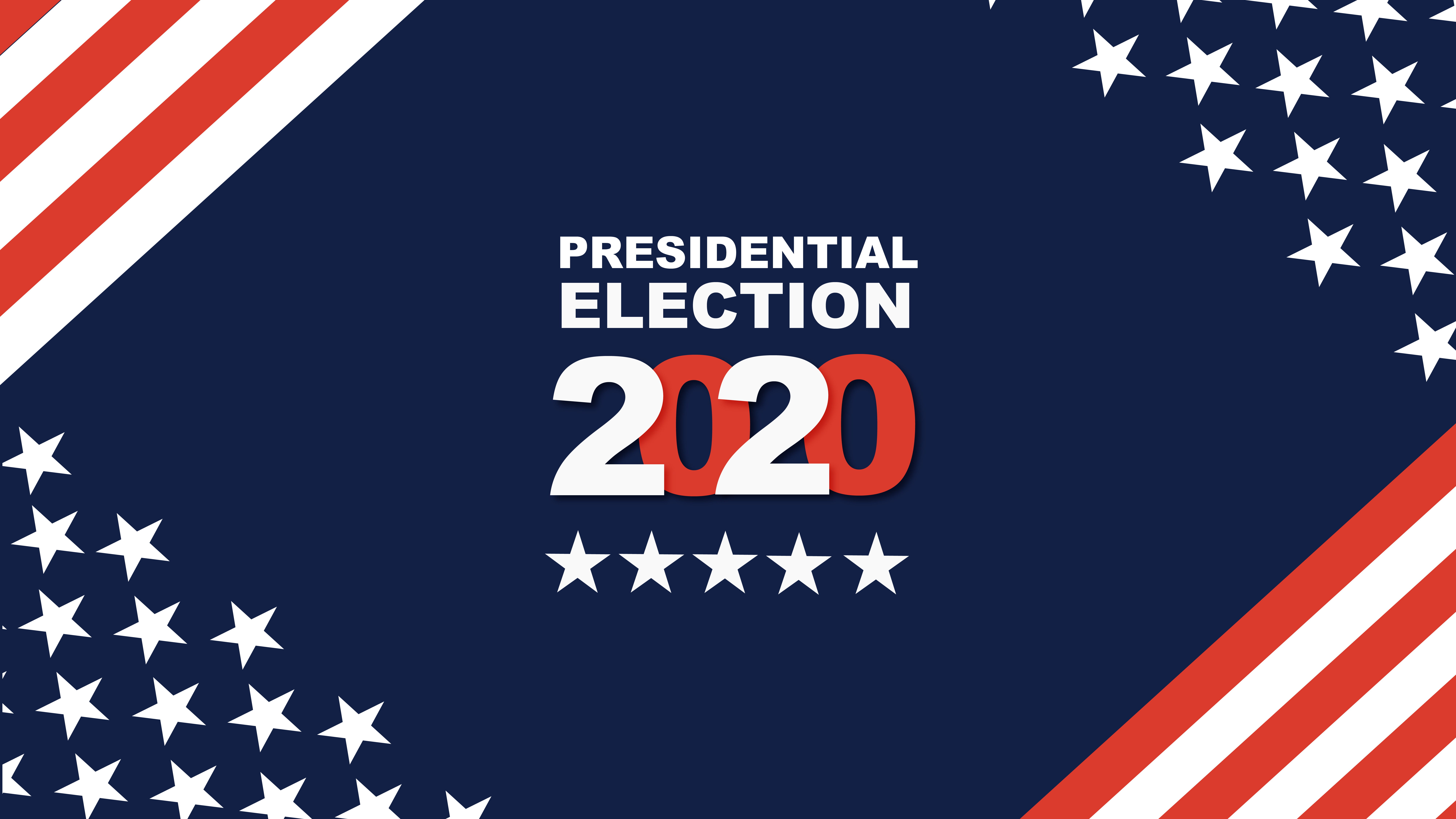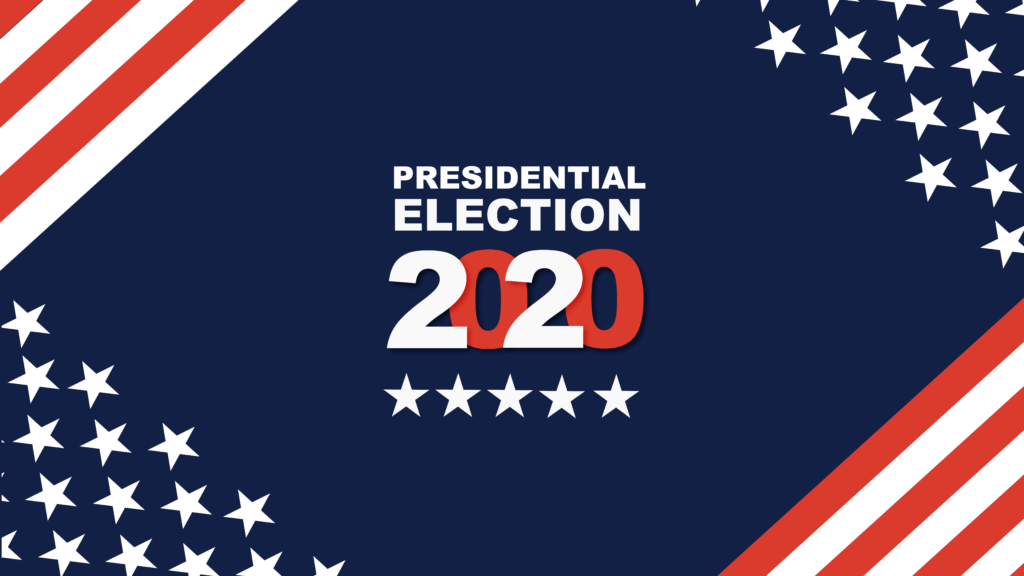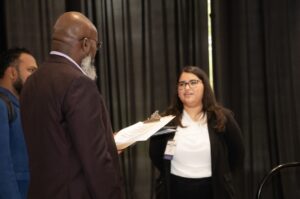

After three days of waiting, Americans now know the outcome of the 2020 General Election. Joe Biden has defeated incumbent Donald Trump to become the 46th president-elect.
That’s according to a tweet Saturday from the Associated Press calling Pennsylvania, one of several states whose outcome had yet to be determined, and its 20 electoral votes will go to Biden.
The call pushed Biden over the 270 electoral vote victory line to 284 at 10:25 a.m. Central Standard Time. 38 minutes later, AP called Nevada’s six electoral votes to Biden, leaving him at 290.
In a news release from Trump via his campaign, they have vowed to take legal action against the results.
“Beginning Monday, our campaign will start prosecuting our case in court to ensure election laws are fully upheld and the rightful winner is seated,” Trump says in the news release. “The American People are entitled to an honest election: that means counting all legal ballots, and not counting any illegal ballots.”
According to the National Conference of State Legislatures, any “election disputes” must be resolved by Dec. 3. Once official, state representatives part of the electoral college will meet on Dec. 14 to officially cast their ballots for president and vice president.
Political Science Associate Professor Natasha Altema-McNeely explains how the COVID-19 pandemic affected the results of the election.
“I think, again, because 2020 is 2020 and because it’s unprecedented, some of the factors that are causing the counts to be even more delayed than normal is of course the mail-in ballots,” Altema-McNeely said.
Vice-president elect Kamala Harris also shared a part in Biden’s victory Saturday when she tweeted a video of her calling Biden to congratulate him on their win.
Altema McNeely explains the significance of Harris as the first female vice president of Jamaican and Indian descent to be elected to the nation’s second-highest office.
“That is a huge step in representation for both of those respective communities,” Altema-McNeely said. “So gender representation is there, but also racial and ethnic representation is there as well. I think that on a more personal note, I think for many women and for many female children, they see someone who looks like them being elected to be vice president and that will open a lot of doors for them and aspirations for many little girls across the country.”
She said Harris is also the second Black female to run for president since Shirley Chisolm in 1972.
For more election coverage, visit utrgvradio.com
For Vaquero News, I’m Justin Elizalde.



